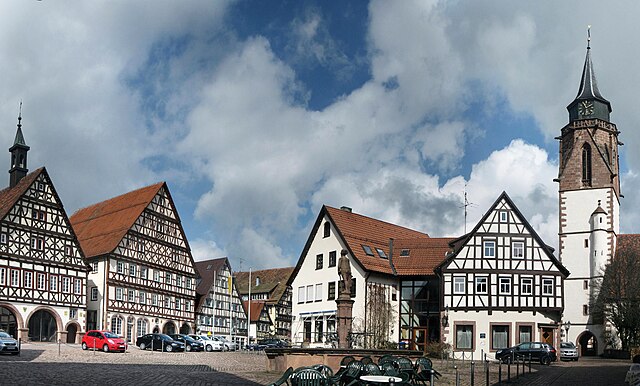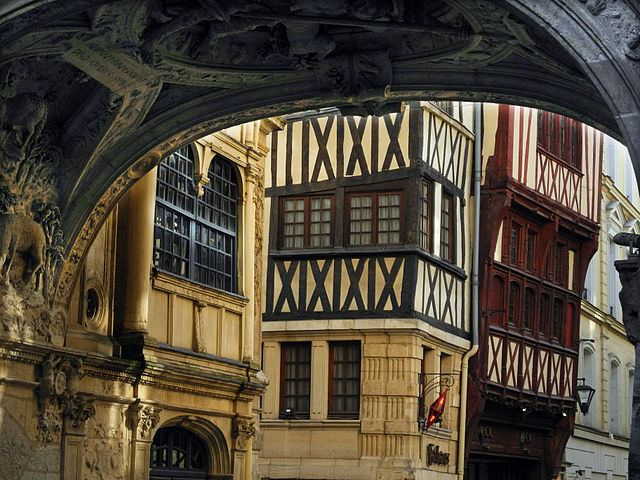A stave church is a medieval wooden Christian church building once common in north-western Europe. The name derives from the building's structure of post and lintel construction, a type of timber framing where the load-bearing ore-pine posts are called stafr in Old Norse. Two related church building types also named for their structural elements, the post church and palisade church, are often called 'stave churches'.
Borgund Stave Church in Borgund, Lærdal, is one of Norway's most visited stave churches.
Heddal Stave Church, Notodden, the largest stave church in Norway
Drawing during reconstruction of Gol stave church by T. Prytz, 1883
Holtålen Stave Church, drawing by Håkon Christie.
Timber framing and "post-and-beam" construction are traditional methods of building with heavy timbers, creating structures using squared-off and carefully fitted and joined timbers with joints secured by large wooden pegs. If the structural frame of load-bearing timber is left exposed on the exterior of the building it may be referred to as half-timbered, and in many cases the infill between timbers will be used for decorative effect. The country most known for this kind of architecture is Germany, where timber-framed houses are spread all over the country.
The market square of Dornstetten, Germany, showing an ensemble of half-timbered buildings
Rue du Gros-Horloge in Rouen, France, a city renowned for its half-timbered buildings
Lemgo, Germany, downtown
A "true" or "full" cruck half-timbered building in Weobley, Herefordshire, England: The cruck blades are the tall, curved timbers which extend from near the ground to the ridge.








